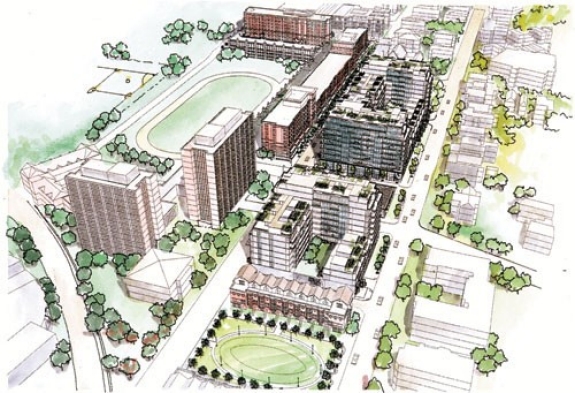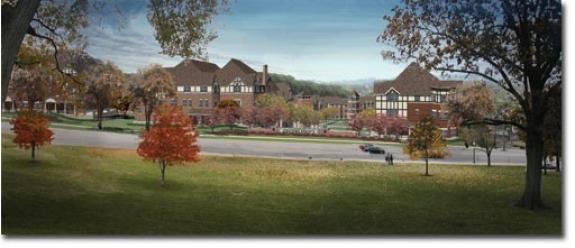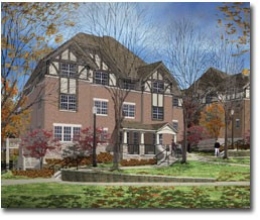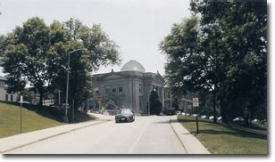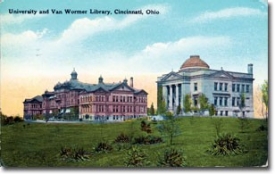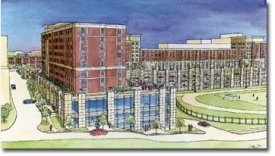What's next for reshaping campus and the neighborhood?
by Mary Niehaus
On East Campus, West Campus and near campus, the University of Cincinnati is helping to expand learning and living choices. A new campus recreation complex is nearing completion. Medical Center research teams are looking forward to dramatic facility improvements. A historic building is undergoing major renovation. Nearby neighborhood economic development will offer upscale shopping and housing options. And the first off-campus student housing community is taking shape across Clifton Avenue.
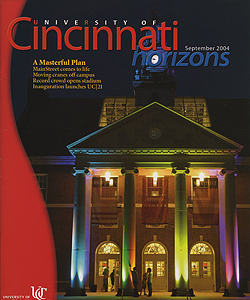
 Past Issues
Past Issues